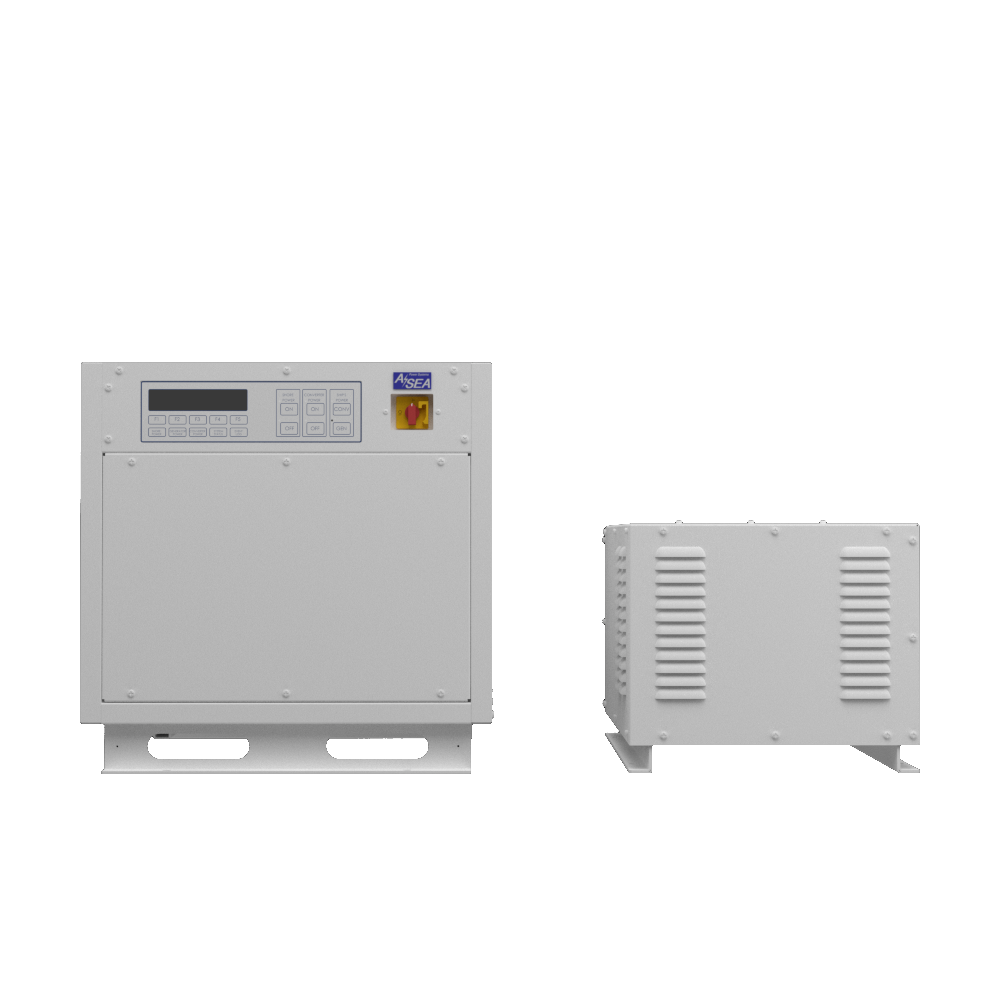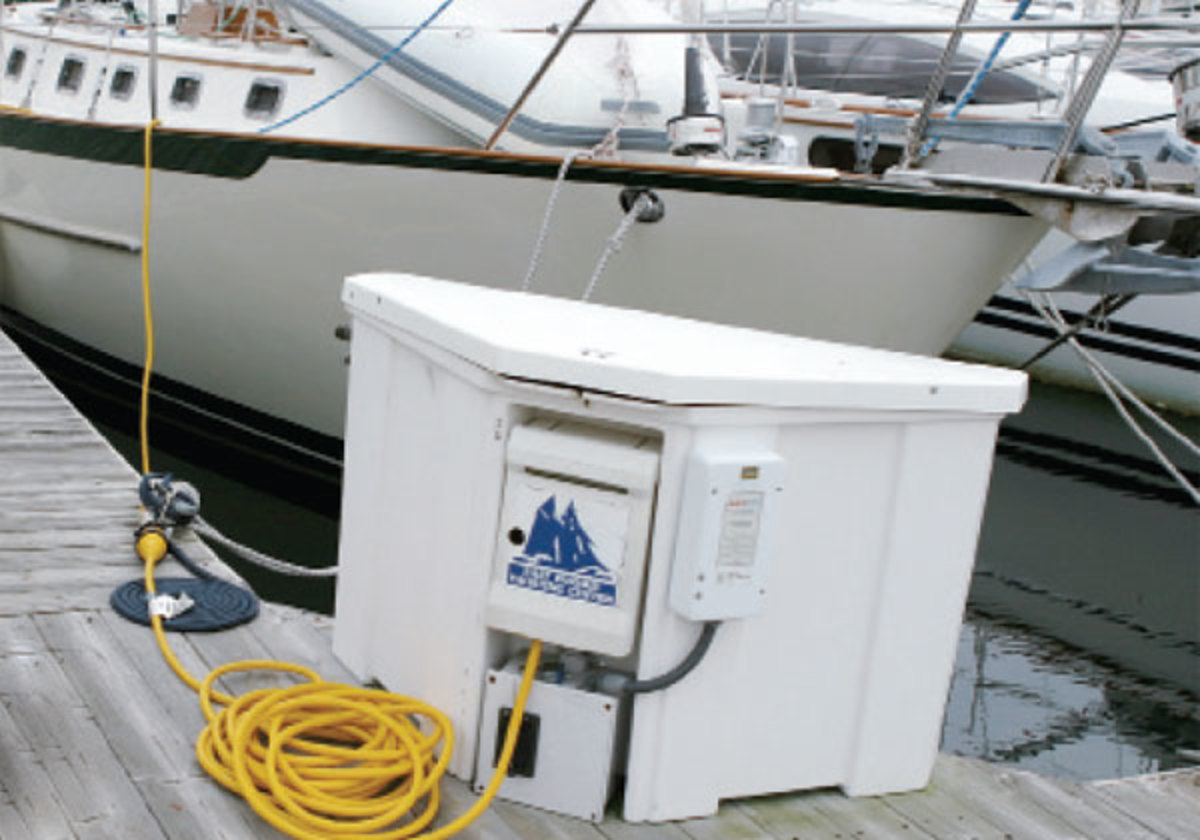


#Boat shore power converter series#
The main battery negative should go to a negative buss bar (like this one), where all your boat’s load negatives will eventually be attached.ACSOON ACF60W Series Marine AC Power Supply / frequency converter is used as power source to provide clean, stable and realiable AC Power for the yacht, vessel and boat. The main house battery positive conductor will feed directly into the new switch panel. Note, if you do not order circuit breakers in your boat switch panel you’d need to insert a fuse block before the panel, then individual conductors from each fuse to each panel (we really recommend including circuit breakers in your panel if you have space, it will really make your life easier installing and maintaining your new custom switch panel). Most of our switch panels include waterproof resettable circuit breakers with all the connections pre-made to make them work, that’s how it is shown here. The power cables will be run to your New Wire Marine custom marine switch panel and your tinned marine negative bus bar. Prevent voltage drop by using larger cable. Keep in mind that the longer your wiring run from the battery to switch panel is, the more voltage drop you’ll have ( more about voltage drop). Remember these are all generalities, there are many valid reasons to make exceptions 8AWG is getting toward over-kill in most cases for boats under 30ft. 10AWG for larger boats (5-10 loads) is normal. Even a small boat (3-5 loads) we’d recommend at least 12AWG wire for this.
#Boat shore power converter plus#
Plus these two conductors will carry the current of all your electrical loads combined, so they are typically fairly beefy cables. This is sometimes a long wiring run on a boat. You should use marine grade primary wire for this. Two conductors – a positive from the battery switch (with a fuse) and a negative from the ganged together battery negatives should be ran to where the central switch panel is. The next step is to get the power from the house battery up to the switch panel where we can use it to do some good. It allows your house and starts battery to remain isolated except for emergency conditions. We’ve changed the diagram a bit now to show the start battery running through our new marine battery switchĪ Double Pole ON/OFF/COMBINE battery switch ( like this one) is a great choice for a single-engine, two battery boat wiring system. Remember to turn your battery switch to the “house circuit” when your engine is not running, so you are only drawing down your deep cycle house battery meant for that purpose. Both settings might be used when you are running your engine and want to charge both batteries from the alternator, or if you need to parallel the batteries in an emergency to help start your engine if your start battery becomes too depleted. But a 1-2-BOTH marine battery switch also allows you to parallel both batteries.

In this case, We’ve shown a 1-2-BOTH type battery switch.īoth battery positives are running through this switch, and you can use it to select which battery you want to output, similar to an A-B switch. This allows you to open the switch turning everything off at once. In nearly all cases your boat wiring system should have a marine-grade main battery disconnect switch. Any break in the circuit anywhere will stop the load from operating (which you probably already know or you wouldn’t be reading this to try and fix your marine wiring issue). For current to flow (which does the work) a complete circuit must be made from positive back to the negative. Twin Engine – 2 starting, and 1 house batteryĮvery non-engine wire (EVERY ONE) should be circuit protected with a fuse or circuit breakerīatteries have positive and negative.Single Engine – 1 starting, and 1 house battery.The two setups we most often run into is: Deep Cycle Battery – Capable of deep discharge without harm.Starting Battery – Has high current rush capacity.Greatly generalizing the topic here, but you usually run into two types of batteries in the size of boat we deal with: They can hold an enormous amount of energy, capable of pushing hundreds, or even a thousand amps (more than your entire house uses)… so care must be taken, and proper circuit protection should not be ignored. The batteries are charged by your engine’s alternator or auxiliary battery charger. In a boat, electricity is stored in one or more batteries.


 0 kommentar(er)
0 kommentar(er)
